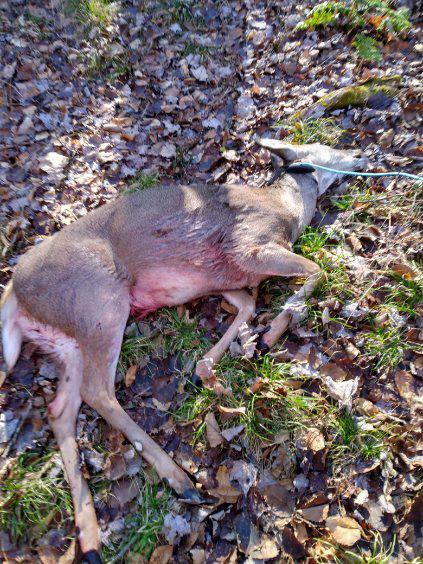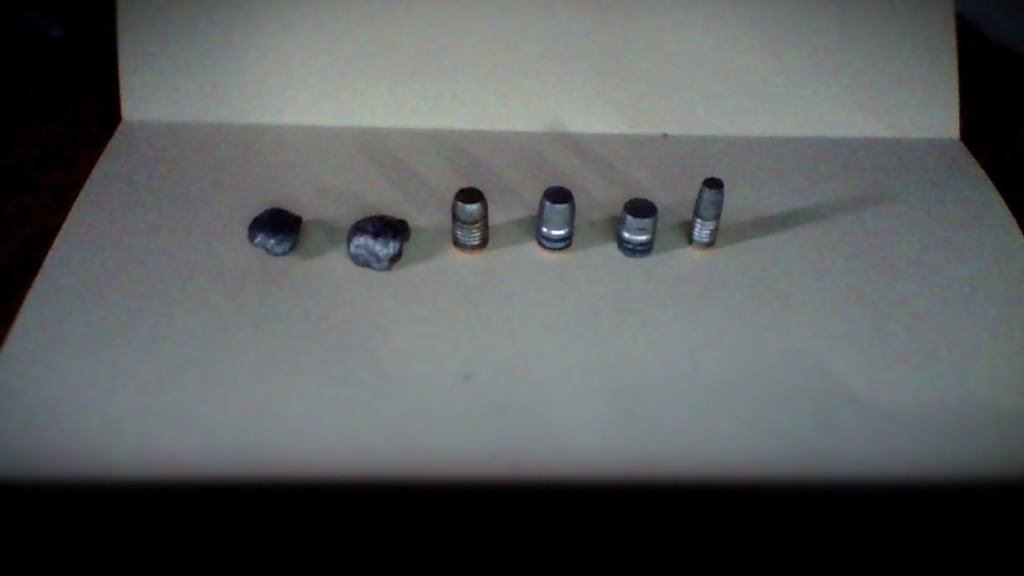gutshot_again
New Member
In addition, I believe it was Lyman's 358318 that was designed for the 35 Winchester - but the nose shape is the same as 358315. The nose profile of the 358009 is much more blunt than either of them.
the impact velocity and the meplat diameter effect the outcome more than the alloy.
i use a Saeco 245gr [#248 i think] bullet with a meplat about the diameter of a dull pencil.
it's wound up to full jacketed velocity with slightly cut WW alloy.... and water dropped.
you'd think varmint bullet,, but no, it needs that speed.
if i were to use something like the Lyman/LEE 200 i'd for sure drop the speed down to about 2-K max.
Respectfully, That's just not a true statement.the impact velocity and the meplat diameter effect the outcome more than the alloy.
I disagree. With a flat meplat you don't need expansion. Heat treated WW's at 32 bhn hold together, do not expand yet put a 2" hold through a deer. If they don't drop on the spot, they bleed out very quickly. Try that with a round nose and you will get a pencil hole. This is first hand experience, not something I read.Casting a bullet of say, linotype, quenched, or even Babbit. Is going to be a pencil hole, possibly break apart on large heavy solids but be only slightly different with a flat point versus round nose.
I don't disagree, as I've said, a flat meplat is much preferred to round nose.I disagree. With a flat meplat you don't need expansion. Heat treated WW's at 32 bhn hold together, do not expand yet put a 2" hold through a deer. If they don't drop on the spot, they bleed out very quickly. Try that with a round nose and you will get a pencil hole. This is first hand experience, not something I read.
the impact velocity and the meplat diameter effect the outcome more than the alloy.



